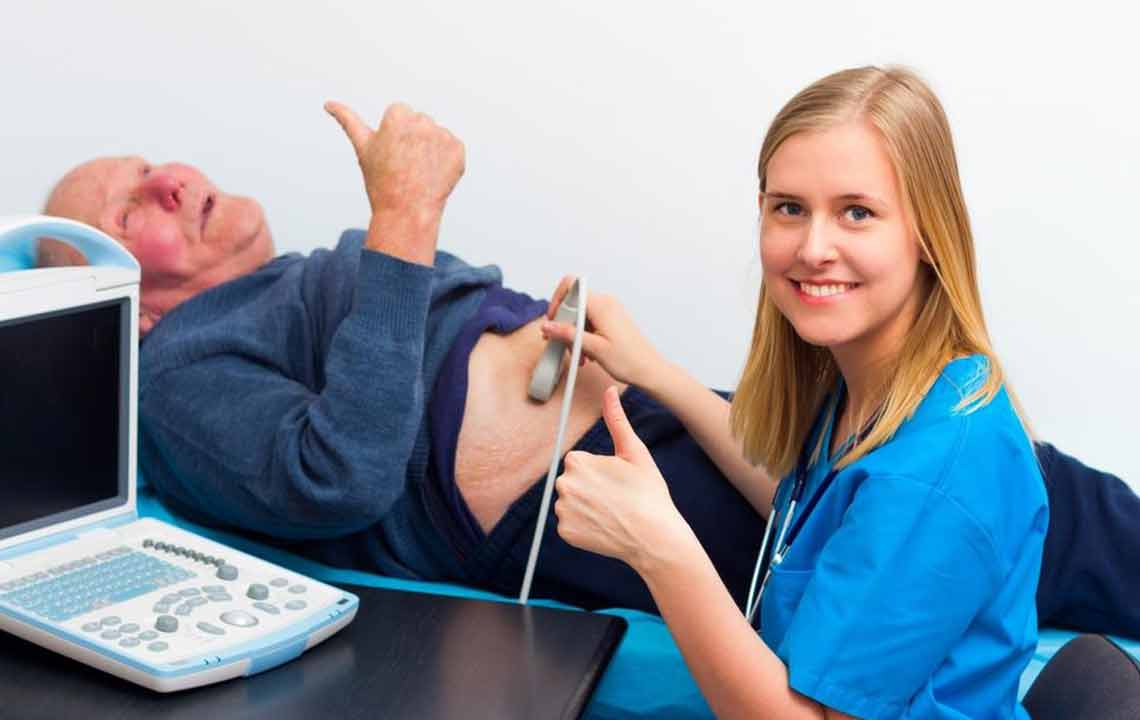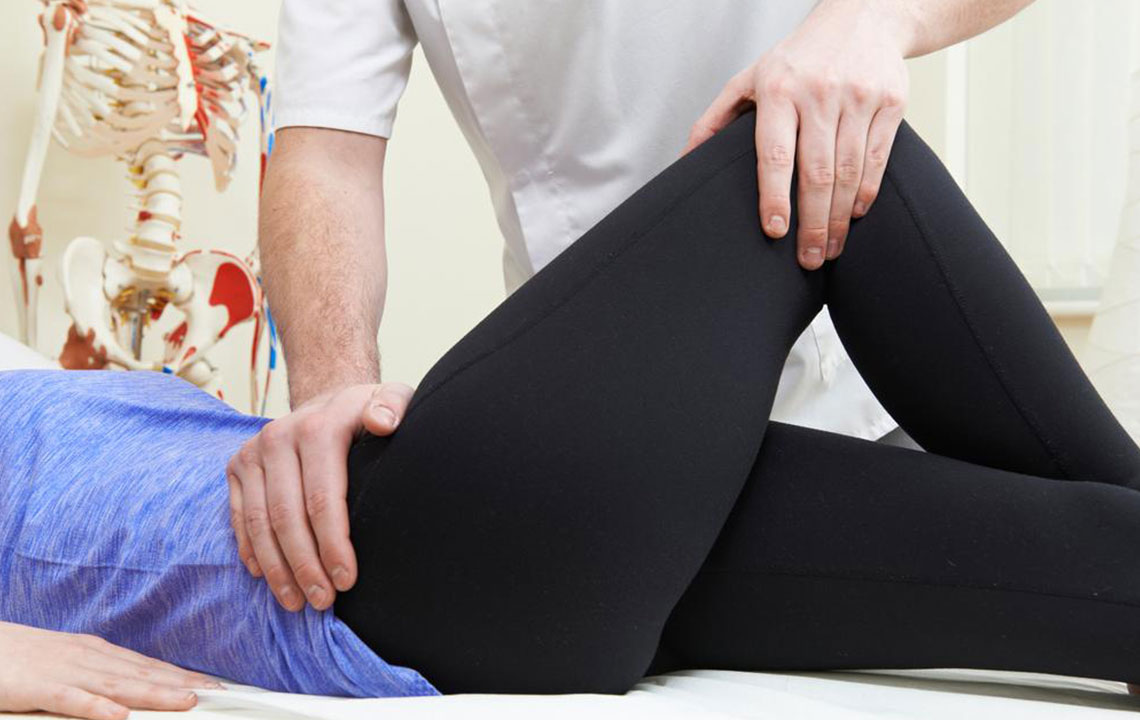Essential Insights and Management of Hernia
This article offers comprehensive insights into hernia types, symptoms, causes, and treatment options, emphasizing the importance of timely medical intervention. It covers non-surgical and surgical approaches, along with lifestyle tips to manage and prevent hernias effectively.
Sponsored

A hernia occurs when an internal organ or tissue pushes through a weak spot in the abdominal muscles, leading to a noticeable bulge and discomfort. This condition can sometimes cause severe pain and requires prompt attention to prevent complications.
Recognizing Hernia Symptoms
A visible swelling in the groin, thigh, or abdominal area
The swelling diminishes when lying down
Bulge appears during coughing or straining
Feelings of heaviness or pressure in the affected region
Discomfort in the chest, acid reflux, or difficulty swallowing
Nausea or vomiting
Pain and weakness during physical activities like bending or lifting
Increasing size of the bulge over time
Types of Hernia
Inguinal Hernia
Occurs when fatty tissue or part of the intestine protrudes into the groin, mostly affecting men.
Femoral Hernia
Fat or intestine pushes into the upper thigh, typically seen in older women.
Umbilical Hernia
The intestine or fat protrudes near the navel.
Hiatal Hernia
Part of the stomach enters the chest cavity through an opening in the diaphragm.
Causes of Hernia
Weak abdominal muscles, congenital factors, aging, obesity, pregnancy, chronic coughing, heavy lifting, and constipation can all contribute to hernia development. Umbilical hernias may result from strain, childbirth, or long-term coughing, while hiatal hernias often relate to diaphragm weakening or increased abdominal pressure.
Potential Risks if Untreated
While some umbilical hernias in infants resolve naturally, others can enlarge and lead to pain or dangerous complications such as incarceration or strangulation, which may require emergency intervention.
Hernia Treatment Options
Treatment varies based on hernia size and symptoms. Avoid activities that increase abdominal pressure. Surgical repair involves either open or laparoscopic procedures, often using mesh or sutures to close the defect. Non-surgical strategies include wearing support garments, lifestyle modifications, and home remedies. Consulting a healthcare professional is essential before choosing a treatment.
Supportive devices like hernia trusses can relieve discomfort during early stages.
Complementary methods such as acupuncture can help alleviate pain.
Eating easily digestible, low-oil, and low-spice meals reduces digestion-related issues.
Eliminating smoking, alcohol, and caffeine is advisable.
Maintaining a healthy weight through diet and exercise can prevent worsening.
Physical activity like gentle cycling and stretching can provide relief.
Natural remedies like apple cider vinegar and aloe vera juice may reduce pain and acid reflux.
Always consult your healthcare provider before initiating any treatment plan for hernia management.






